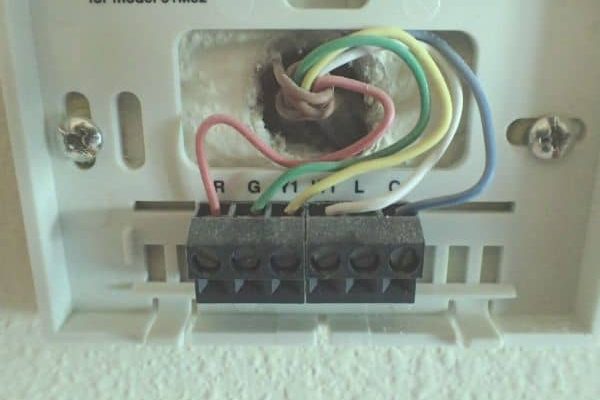App Drawer

In our rapidly-evolving digital world, smartphones have become an indispensable part of our daily lives. From work to socializing, our smartphones facilitate a multitude of tasks, and we heavily rely on them for smooth functioning. One essential piece that greatly contributes to this seamless experience is the “App Drawer.” In this article, we will delve into what an app drawer is, the role it plays in organizing your applications, and how you can customize it for personalized use.
What is an App Drawer?
The app drawer is a dedicated space in your smartphone where all your installed applications reside. In simple terms, it functions as a storage facility or a filing cabinet for your apps. When you download an app from the app store or install one manually, it gets placed in the app drawer. This design choice helps in keeping your home screen less cluttered and allows for better organization.
Why is an App Drawer Important?
1. Organization: The primary function of the app drawer is to keep your applications organized away from the home screen. You can access any installed app through the drawer without having to search through multiple pages or folders on your smartphone.
2. Easy Access: The app drawer provides you with a consolidated list of all your installed apps at one place, making it easier to locate and access them when needed. This not only saves time but also increases efficiency in managing your myriad apps.
3. Clutter-Free Home Screen: By using an app drawer, you can declutter your home screen by placing only frequently-accessed or essential apps out front. This minimalistic approach can greatly enhance usability and lead to improved productivity.
Customization Options
The degree of customization varies between different smartphone manufacturers and launcher apps. Here are some common customization options available in most app drawers:
1. Sorting Options: You can usually sort or arrange apps in various ways such as alphabetical order, installation date, or usage frequency.
2. Grid Layout: Change the grid layout to facilitate more apps in a single view or expand the spacing between individual apps for a clean aesthetic.
3. Folders: Some app drawers provide an option to create folders to group similar apps together, further enabling better organization and easy access.
4. Search Bar: A built-in search bar within the app drawer allows you to quickly search and launch an app by typing its name.
5. Hide Apps: In certain launchers, you have the option to hide specific apps from showing up, providing privacy or even additional decluttering.
Conclusion
Smartphone design and functionality constantly evolve as new models enter the market. However, one element that remains essential and has stood the test of time is the app drawer. It not only helps in organizing our ever-growing list of applications but also contributes to a cleaner user interface and an optimized workflow. Understanding your app drawer’s capabilities and customizing it according to your preferences is a small step towards achieving a more efficient smartphone experience.






